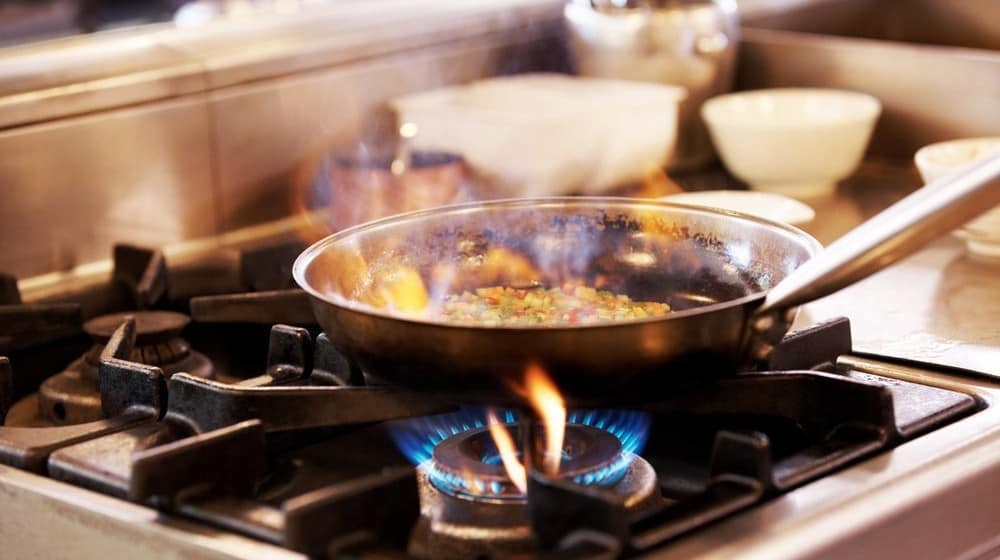
Acrylamide is a toxic substance that forms when foods containing simple carbohydrates and the amino acid asparagine are cooked together at high temperatures.
A statement by the European Food Safety Agency said that acrylamide in food is both carcinogenic (potentially cancer-causing) and genotoxic (can damage the genetic material of cells).
Very unhealthy stuff this acrylamide. Unfortunately, if you fry, grill, toast or bake certain types of foods, or eat processed versions that already have been, it’s going to be pretty hard to avoid completely.
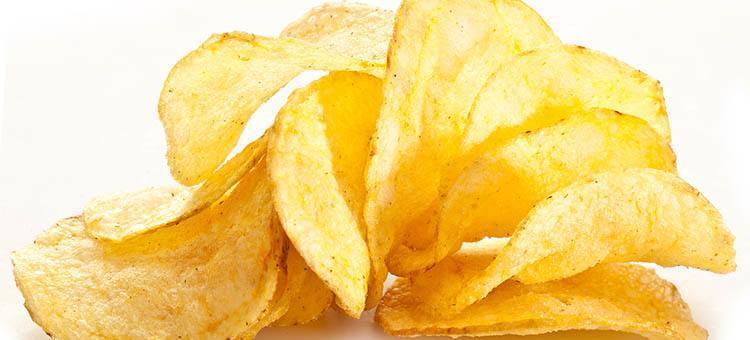
Potato crisps, french fries, burnt toast and baked, grilled or roasted carbohydrate foods are the most likely to contain acrylamide. Levels appear to increase the more cooked and burnt the food is. The darker the toast, fries, crisps, cookies etc, the worse it may be for exposure to this potentially dangerous compound.
So it seems those dark brown crusts on your bread that your parents told you to eat weren’t that good for you after all. Small amounts of acrylamide are also used in water treatment, but the levels of this chemical in our drinking water are said to be strictly monitored and regulated to avoid contamination.
The Food Agency, on the other hand, seems unwilling or unable to attempt to do the same for the significantly higher levels (sometimes as much as 500 times higher) found in common foods.
This isn’t really too surprising when you think of some of the big manufacturing and fast food companies that would be affected. So, as usual, looking after your health is down to you.
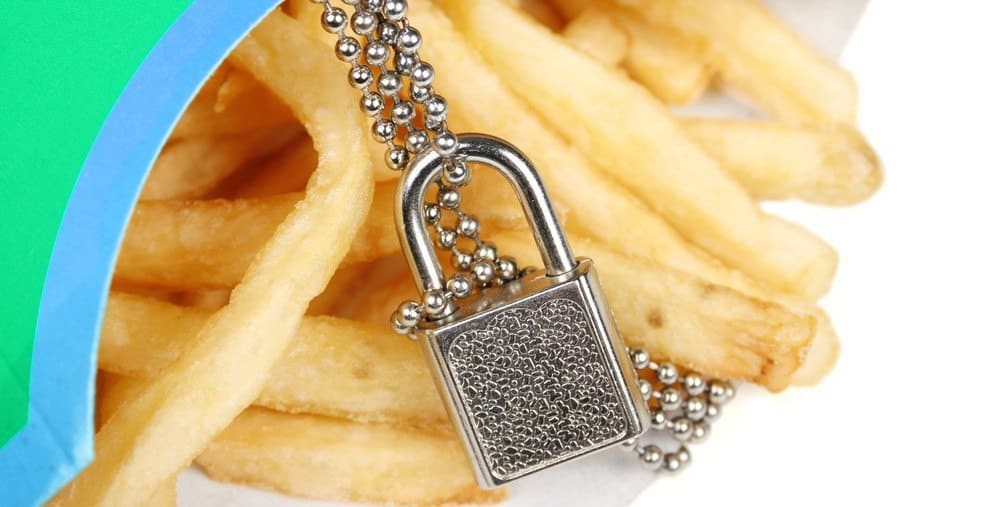
7 Ways to Minimize Your Exposure to Acrylamide in Food
A healthy body getting good levels of antioxidants in their meals and eating a variety of nutritious foods should be able to deal with some exposure to acrylamide, but it makes sense to minimize and where possible avoid some of the biggest sources ahead.
1. Cut Right Back on French Fries and Potato Chips

These are two of the worst culprits and they are rubbish foods anyway, damaging to your health and completely devoid of any redeeming nutritional qualities.
In fact, french fries, as they are made today, might be a serious contender for the most fattening and unhealthy popular food there is.
2. Avoid Cooking Toast Until It’s Burnt
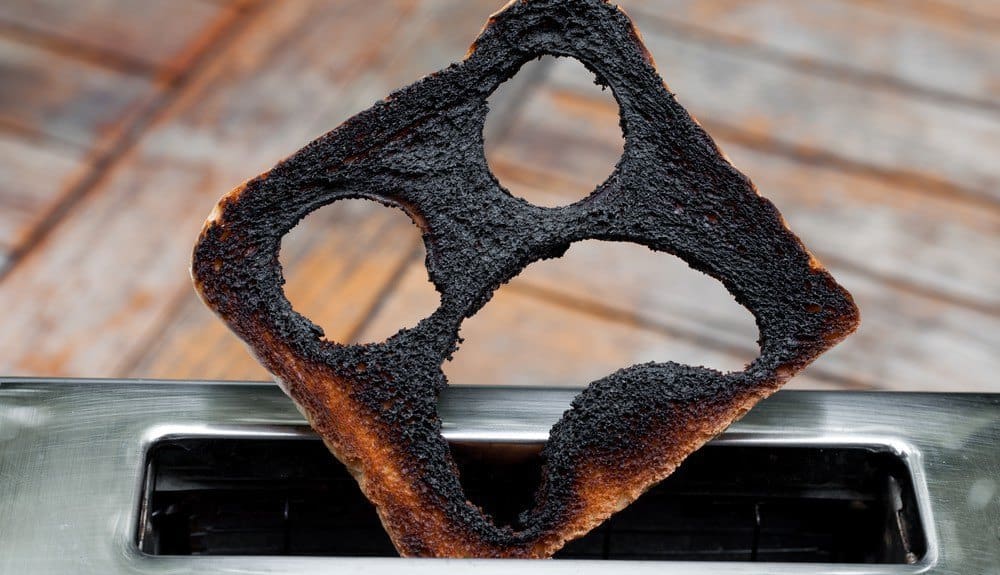
Turn the toaster time down a few notches so the bread is only just toasted. If you do burn it, scrape it off or better still throw it away. Even if you don’t toast your bread, the crust will be likely to contain the highest levels of acrylamide and may well be worth cutting off your sandwich before you eat it.
3. Store Potatoes in a Cool and Dark Place If You’re Going to Roast, Fry or Bake Them

This may help stop them forming too many simple sugars – the precursor to the formation of acrylamide. Soaking and then drying potatoes before using them may also help to remove some of the sugar content.
Research shows that boiling or steaming potatoes doesn’t seem to produce acrylamide like roasting, frying or baking does. This is a healthier way to cook root vegetables anyway, particularly steaming which also maintains the most nutrients.
4. Choose a Lighter Roast of Freshly Ground Coffee If You Drink It

Dark roasted instant coffee has been demonstrated to have very high levels of acrylamide. Lighter roasts may reduce, but not completely avoid exposure.
5. Stop Smoking
 Perhaps one of the less easy ways to reduce acrylamide intake on this list, but the fact remains that this toxic chemical has been found in cigarette smoke (admittedly along with dozens of other toxic chemicals, many of which are even worse).
Perhaps one of the less easy ways to reduce acrylamide intake on this list, but the fact remains that this toxic chemical has been found in cigarette smoke (admittedly along with dozens of other toxic chemicals, many of which are even worse).
If you’re still smoking, the other points on this list are even more important as the higher your exposure levels to acrylamide, from all the various sources in a day, the more risk your body cells are at of potentially cancerous changes.
6. Try to Avoid Getting the Food Too Brown and Overcooked
Especially if you are baking, roasting, grilling or frying carbohydrate foods like potatoes or wheat. Could the temperature be turned down a bit? The longer the cooking time and the higher the temperature the more potential for acrylamide to be formed.
7. Take N-Acetyl-Cysteine
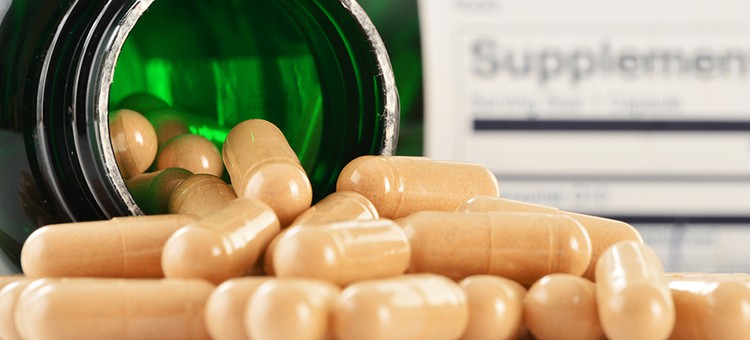
The supplement N-acetyl-cysteine, which also helps replenish your natural levels of the antioxidant glutathione, may have a specific protective effect against acrylamide in food, according to some animal studies. If this is the case, taking it with baked, fried or roasted carbohydrate foods may help to minimize any potential damage.
But the best protection is to cut back on fried, roasted, baked and processed foods and replace them with better alternatives, like more steamed vegetables in your meals and nuts, seeds and fruit for snacks.
We already knew that most of these foods weren’t that good for us with all the simple carbohydrates, sugar, salt and hydrogenated fats in them. The acrylamide issue just tends to show that they are even a bit worse and makes the case that much stronger for a healthier way of eating.
Please send me any more information on the dangers of chemical mentioned here.
Hi Rodney,
This link is a good start on the dangers of acrylamide – http://www.efsa.europa.eu/en/press/news/datex110420.htm There are more links in the article as well.